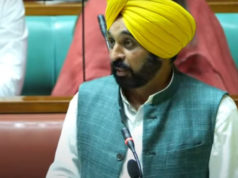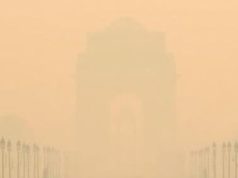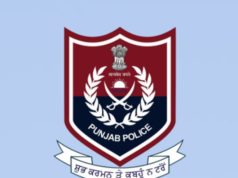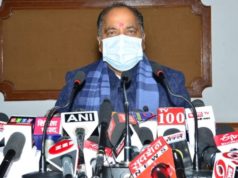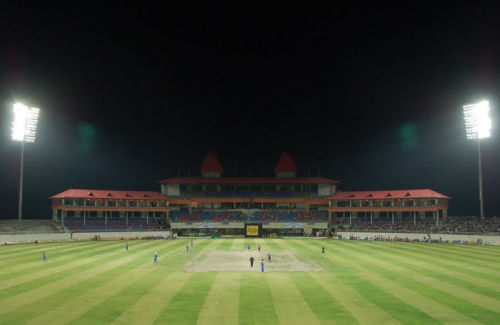The National Green Tribunal (NGT) has taken a proactive stance in the battle against stubble burning in Punjab. Recognizing the severe impact of this practice on air quality in the National Capital Region (NCR), the NGT has issued notices to key officials, signalling a strong call to action.
A Growing Crisis: Stubble Burning and Air Pollution
The problem of air pollution in the NCR, particularly in Delhi, has been a persistent concern. One of the major contributors to this issue is the burning of crop residues, commonly known as stubble, in the state of Punjab. Stubble burning occurs primarily during the autumn season, typically between September 15 and November 30, when farmers clear their fields to prepare for the next planting season.
This practice releases a significant amount of pollutants and particulate matter into the atmosphere, leading to a dangerous deterioration of air quality. The resulting smog and haze not only impact the health of residents but also cause visibility issues and a general decline in the quality of life.
NGT’s Swift Response: A Suo Motu Petition
In response to a media report highlighting the alarming rise in farm fires in Punjab and the direct correlation to increased pollution in the NCR, the NGT initiated a suo-motu petition.
The NGT bench, led by Chairperson Justice Prakash Shrivastava and expert member A Senthil Vel, took a comprehensive approach to the problem. They examined a report provided by the Punjab Pollution Control Board (PPCB) that included data from the past three years, offering insights into the frequency and severity of stubble-burning incidents. The report also identified hotspot districts where farm fires were most prevalent.
Key Recommendations: Tackling the Issue Head-On
The NGT’s approach to addressing the stubble-burning crisis involves several key recommendations:
Identifying Worst-Affected Areas: The NGT emphasized the need for state authorities and PPCB officials to identify and focus on the worst-affected areas within the hotspot districts. This approach allows for targeted remedial measures.
Vigilance and Penalties: Recognizing the seasonal nature of stubble burning, the NGT stressed the importance of vigilant monitoring to identify violators during the peak burning season. It also called for the imposition of penalties as a deterrent.
Area-Wise Crop Residue Management Plan: To achieve long-term solutions, the NGT directed the PPCB to prepare an area-wise crop residue management plan. The emphasis here is on sustainable and eco-friendly alternatives to stubble burning.
Involvement of CPCB: To ensure a coordinated response, the NGT issued notices to the Chief Secretary of Punjab and the Member Secretary of the Central Pollution Control Board (CPCB). They are expected to collaborate and provide action-taken reports.
The matter is scheduled for further hearing on November 8, underscoring the importance of ongoing monitoring and action to combat this pressing issue.
Meanwhile, amid concerns about a likely increase in pollution levels, the Centre’s air quality panel has directed authorities in the National Capital Region to increase parking fees to discourage private transport and enhance CNG or electric bus and metro services. This decision is part of ‘Stage II’ of the central government’s pollution control plan known as the ‘Graded Response Action Plan’ (GRAP), which aims to combat air pollution during the winter season in the Delhi-NCR region. With forecasts indicating a decline in air quality on October 23 and 24, the measures under Stage II of GRAP are being invoked, reinforcing the commitment to environmental protection and public well-being.
Delhi’s 24-hour average air quality index (AQI) stood at 248 on Saturday, and these added measures will work in conjunction with the efforts of the NGT to tackle the challenge of stubble burning and air pollution, presenting a comprehensive approach to improving air quality in the National Capital and its surrounding areas.




